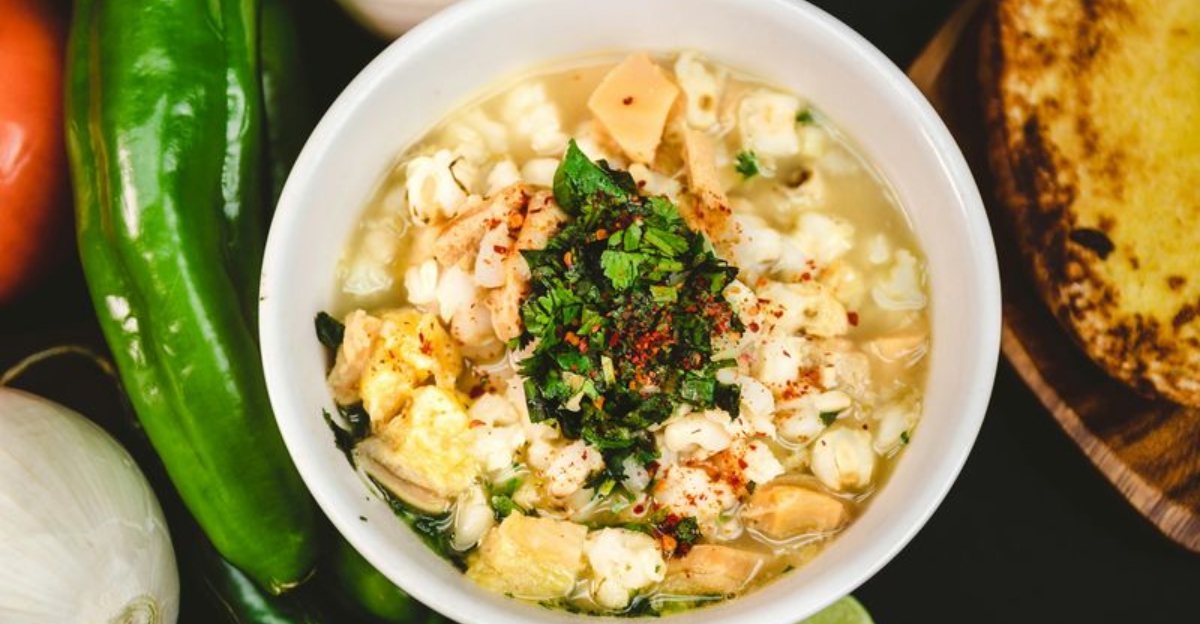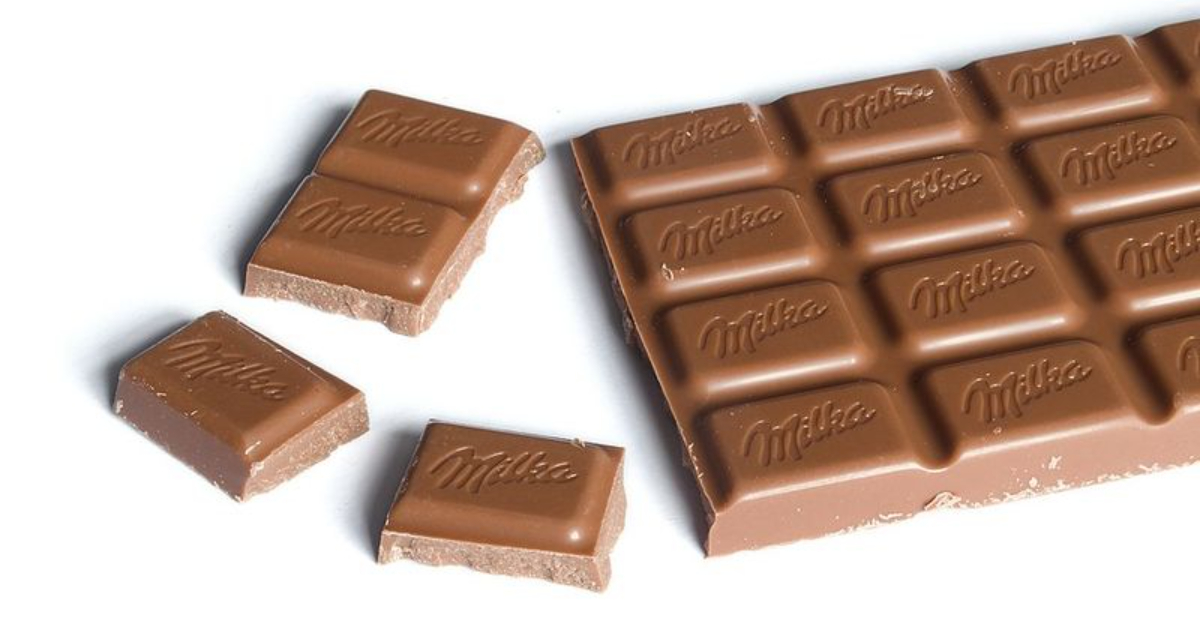10 Lesser-Known Traditional Irish Dishes Worth Discovering
Ireland’s food traditions run far deeper than the familiar corned beef and cabbage many people associate with the country.
Travel across the Emerald Isle and you’ll discover a world of hearty, clever dishes shaped by resourcefulness, community, and generations of home cooking. Families created comforting meals from whatever the land provided, turning simple ingredients into something rich with character and flavor.
You’ll find crisp potato pancakes sizzling in butter, rich blood puddings made with careful skill, tender soda breads served warm from the oven, and stews that feel like a warm hug on a cold evening.
Each regional specialty carries its own story, reflecting local ingredients, weather, and the long-held traditions that continue to influence Irish kitchens today. These lesser-known dishes show that Ireland’s culinary culture is vibrant, soulful, and full of surprises waiting to be tasted.
Disclaimer: This article highlights lesser-known traditional Irish dishes, showcasing a rich history of Irish culinary traditions. While the recipes reflect authentic regional fare, availability and preparation may vary by region and season. Some of these dishes may not be commonly found today, and their ingredients may be an acquired taste for modern palates. Always consider dietary preferences and consult local sources for accurate and current offerings.
10. Boxty

Ever turned leftover potatoes into pure magic? Boxty does exactly that, blending grated raw spuds with mashed ones to create the ultimate potato pancake.
Hailing from Ireland’s north midlands and north-west regions, this crispy-edged treat has fed families for generations. People fry it up for breakfast or serve it alongside hearty stews.
The name might come from an old Irish phrase meaning “poor-house bread,” but there’s nothing poor about its rich, comforting taste!
9. Colcannon
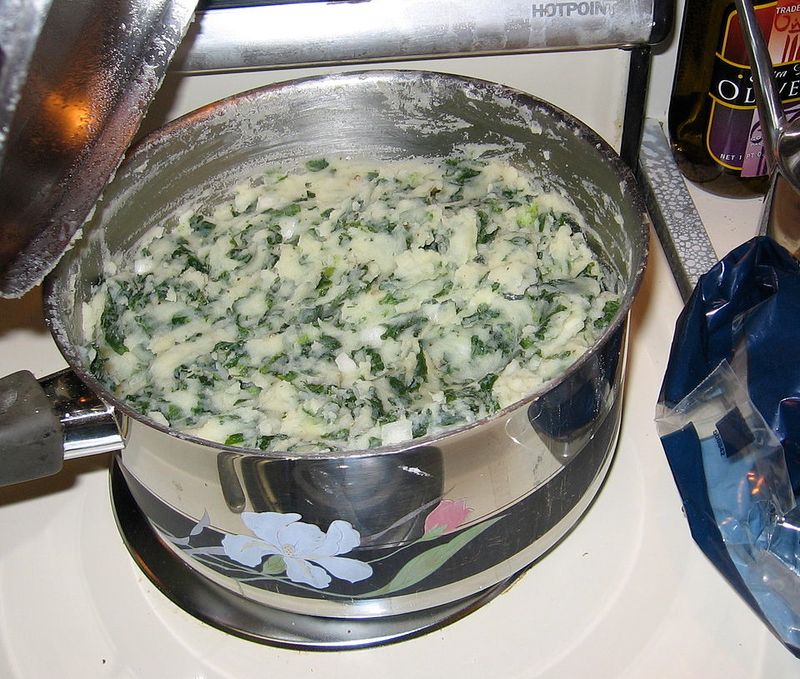
Picture the creamiest mashed potatoes you’ve ever tasted, then imagine them getting even better with ribbons of cabbage or kale folded through. That’s colcannon in all its glory!
Mountains of butter make this dish legendary at Irish tables, especially around Halloween when families traditionally hid charms inside for fortune-telling fun.
Though simple ingredients create it, colcannon proves that comfort food doesn’t need fancy stuff to warm hearts and fill bellies perfectly.
8. Dublin Coddle
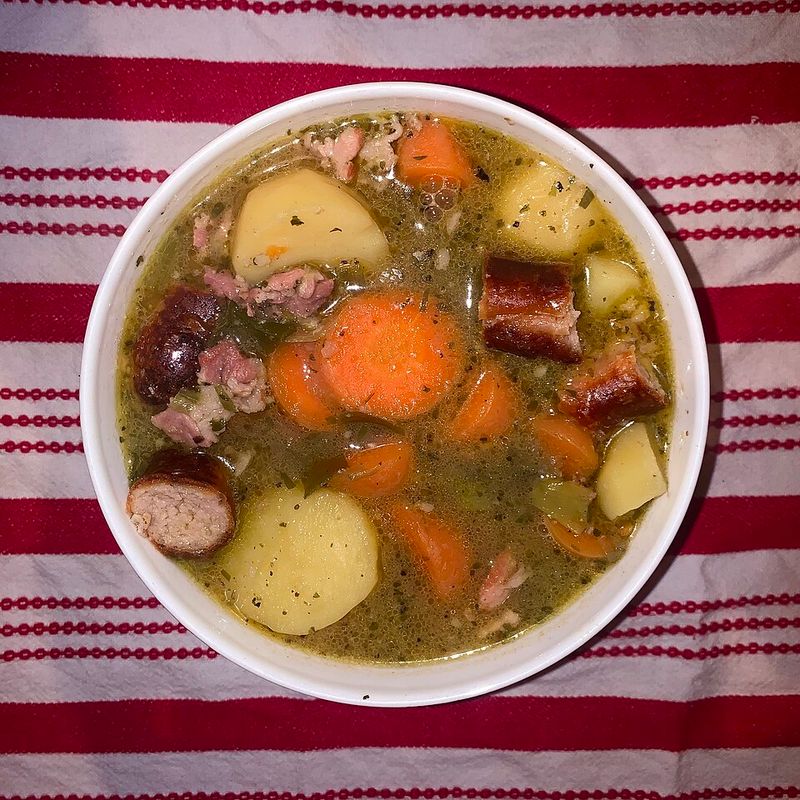
When Dublin winters get chilly, locals turn to coddle, a no-fuss stew that simmers away while you cozy up indoors. Sausages and bacon team up with potatoes and onions in one glorious pot.
Unlike fancy stews, coddle skips the browning step. Everything just bubbles together gently, creating something greater than its simple parts.
Dubliners have slurped this Saturday night special for centuries, proving delicious doesn’t always mean complicated!
7. Waterford Blaa
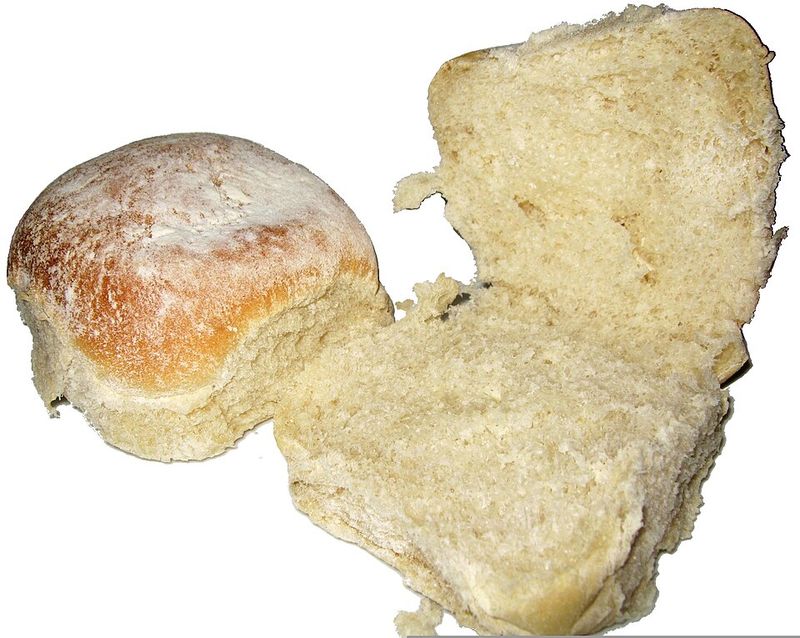
Waterford guards its blaa like a national treasure because, well, it basically is one! This pillowy white roll wears a coat of flour dust and holds protected status in Ireland.
The bread arrived centuries ago with French Huguenot bakers, but Waterford claimed it as their own. Locals split these soft beauties and stuff them with everything imaginable.
However, true blaa fans insist nothing beats the simple pleasure of tearing into one fresh from the bakery, still warm.
6. Crubeens
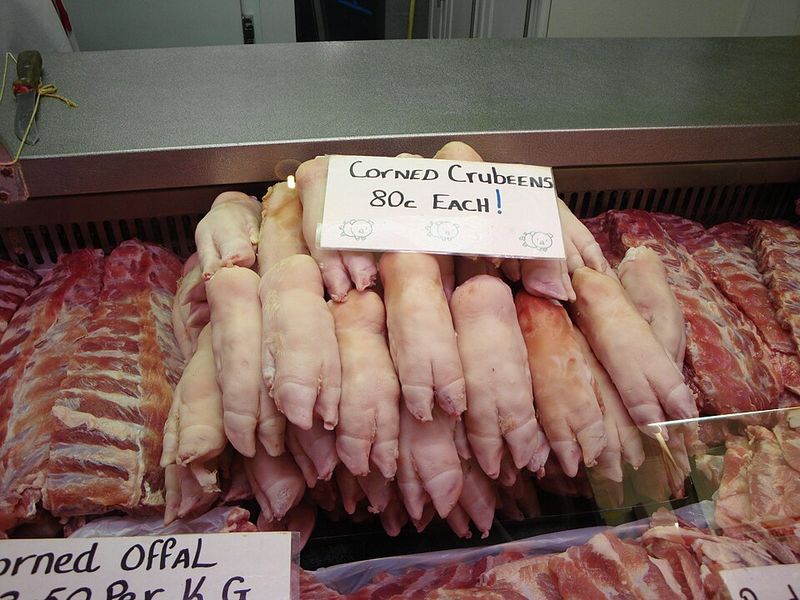
Hold up – yes, we’re talking about pig feet! Crubeens represent old-school Irish cooking when families used every single part of the animal.
Boiled until tender, these trotters get eaten by hand, making them the ultimate finger food at traditional pubs and festivals. The gelatinous texture might surprise newcomers, but fans adore the rich, porky flavor.
Though less common today, crubeens still appear at heritage food markets, connecting modern Ireland to its thrifty, waste-nothing past.
5. Champ (Brúitín)
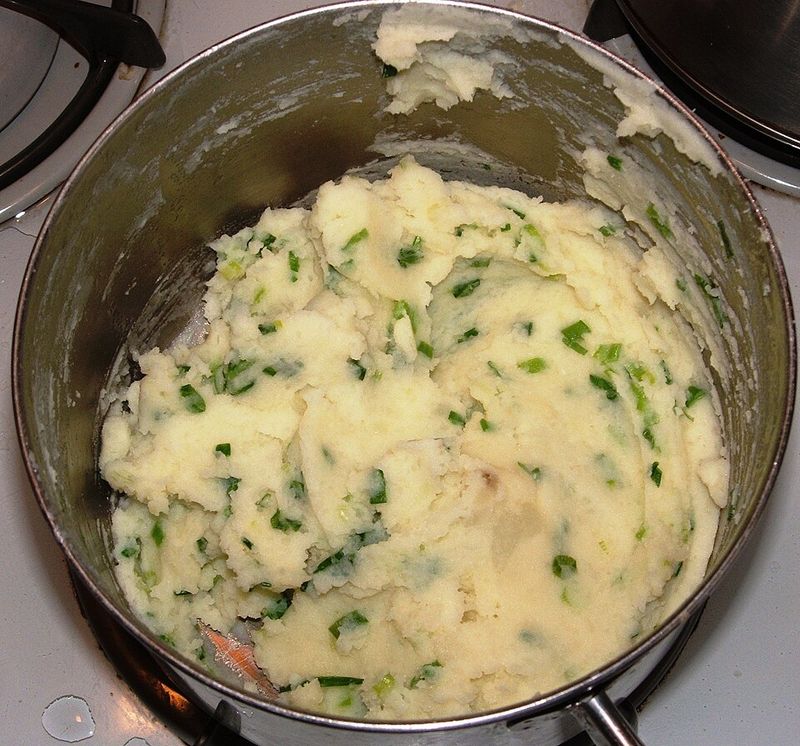
Northern Ireland’s answer to mashed potatoes comes loaded with scallions and enough butter to make your taste buds dance! Champ, or Brúitín in Irish, turns humble ingredients into something absolutely crave-worthy.
Families traditionally made a well in the center and filled it with melting butter for dipping each forkful. Kids especially loved this interactive eating style.
Though similar to colcannon, champ uses green onions instead of cabbage, giving it a lighter, fresher personality.
4. Drisheen

Cork and Limerick claim drisheen as their own special treasure, though this blood pudding definitely isn’t for the faint-hearted! Made from animal blood mixed with milk, breadcrumbs, and seasonings, it challenges modern palates.
Markets traditionally sold drisheen alongside tripe, creating the ultimate old-fashioned Irish breakfast duo. The texture stays softer than British black pudding, almost custard-like.
If you’re feeling adventurous and spot drisheen at Cork’s famous English Market, consider yourself lucky to taste living history!
3. Skirts And Kidneys
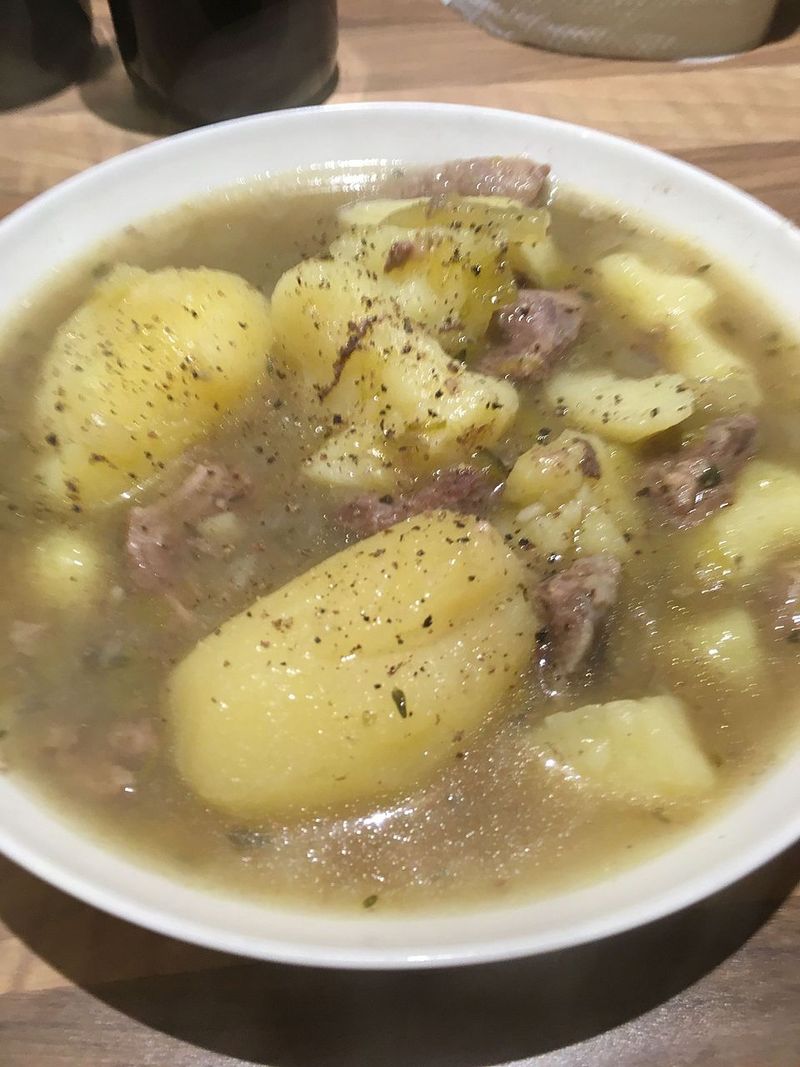
Cork’s working-class neighborhoods created this gutsy stew from pork diaphragm, nicknamed skirts, combined with kidneys, potatoes, and onions. Talk about nose-to-tail eating before it became trendy!
The diaphragm muscle cooks up surprisingly tender, while kidneys add deep, earthy flavors that offal lovers crave. This dish required skill and slow cooking to transform tough cuts into something tender.
Though rare nowadays, a few Cork establishments still serve skirts and kidneys, keeping culinary tradition alive.
2. Gur Cake (Chester Cake)

Dublin bakers invented gur cake as the ultimate zero-waste dessert, using yesterday’s leftover bread and cake crumbs mixed with dried fruit between pastry layers. Genius, right?
Also called Chester Cake, this treat became a schoolyard favorite because it cost just pennies. Kids would pool their coins to share slices after class.
The slightly chewy texture and spiced fruit filling taste like childhood memories for many Dubliners, though it’s gotten harder to find in modern bakeries.
1. Goody (Goodie)
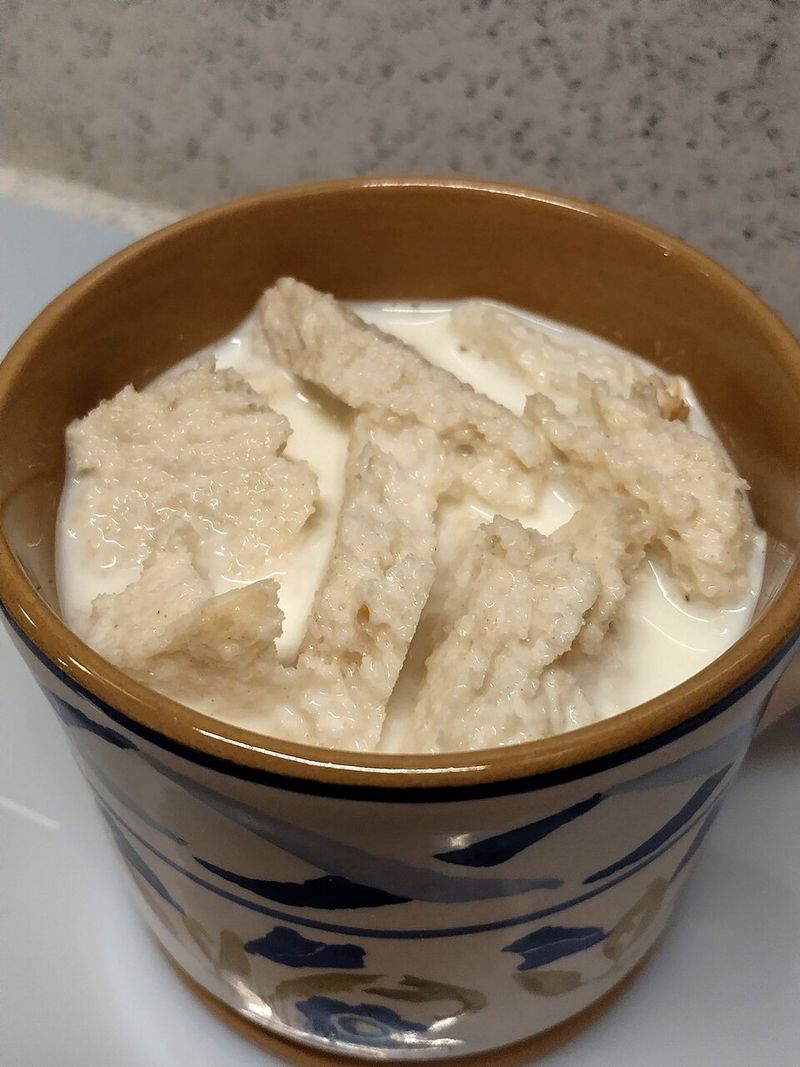
Imagine bread pudding’s simpler cousin – that’s goody! This old-timey sweet dish boils bread in milk with sugar and warming spices until everything turns soft and comforting.
Irish families traditionally ate goody on St. John’s Eve (June 23rd) as part of midsummer celebrations. Grandmothers would simmer it slowly, filling kitchens with cinnamon-scented steam.
Though nearly forgotten today, goody represents an era when frugal cooks transformed stale bread into treats that made children smile despite having little money.




